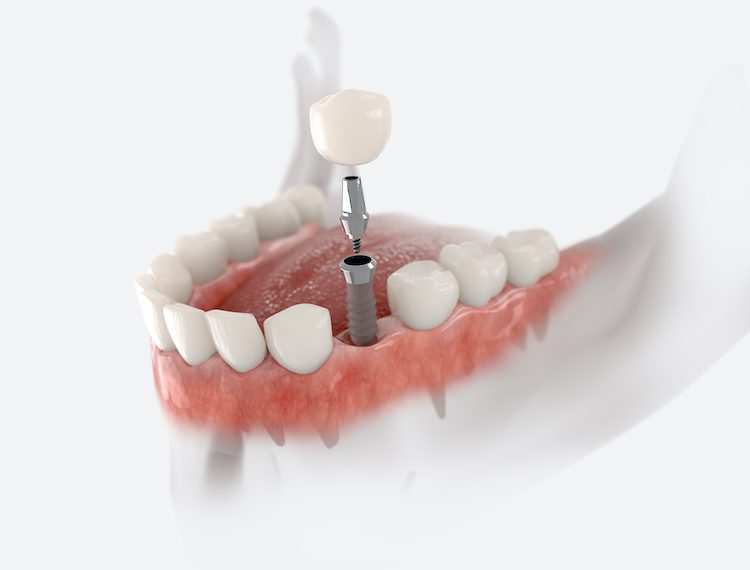Dental implants have revolutionized modern dentistry. They offer a permanent and reliable solution for missing teeth. Unlike dentures or bridges, implants often provide a more natural look and feel. Understanding the dental implant process can alleviate anxiety and set realistic expectations for your treatment.
Initial Consultation and Assessment
The dental implant process begins with an initial consultation. During this visit, your dentist evaluates your overall oral health. They assess the condition of your gums and jawbone. This evaluation is crucial for determining your suitability for implants. A comprehensive dental examination follows. This includes X-rays and 3D imaging. These advanced tools help in visualizing your oral structures. They assist in planning the precise placement of the implant. Your dentist will discuss various treatment options. They tailor these options to your specific needs and preferences. This consultation also provides an opportunity to ask questions. You can address any concerns you might have about the procedure.
Treatment Planning
Once the initial assessment is complete, your dentist creates a detailed treatment plan. This plan takes into account your oral health and aesthetic goals. It outlines the timeline for the implant procedure. Your dentist will schedule the implant surgery. They will also decide on the type and size of the implant. This decision depends on factors like bone density and the location of the missing tooth. In some cases, additional procedures may be necessary. These might include bone grafts or sinus lifts. Such procedures ensure that the jawbone can adequately support the implant. Your dentist will explain these additional steps if needed. They will ensure you understand each aspect of the treatment plan.
Implant Placement Surgery
The next step is the implant placement surgery. This procedure is typically performed under local anesthesia. In some cases, sedation may be used for patient comfort. The dentist begins by making a small incision in the gum. This exposes the underlying jawbone. They then drill a precise hole into the bone. The titanium implant is inserted into this hole. Titanium is chosen for its biocompatibility. It integrates well with bone tissue, promoting osseointegration. The implant acts as an artificial tooth root. This surgery generally takes one to two hours. The duration depends on the number of implants being placed.
Osseointegration Period
Following the implant placement, the osseointegration period begins. This phase is critical for the success of the implant. During this time, the jawbone grows around the implant. This process secures the implant firmly in place. Osseointegration can take several months to complete. The time required varies from patient to patient. Factors such as bone quality and overall health can influence healing. Your dentist will schedule regular check-ups during this period. These visits ensure that the implant is integrating properly.
Abutment Placement
Once osseointegration is successfully achieved, the next step is abutment placement. The abutment serves as a connector between the implant and the dental restoration. The dentist reopens the gum to expose the implant. They attach the abutment to the implant. This procedure requires local anesthesia. The gum tissue then heals around the abutment. This healing process usually takes a few weeks. During this time, the abutment becomes a stable foundation for the crown.
Dental Restoration Placement
The final step in the dental implant process is restoration fabrication and placement. The dentist takes precise impressions of your teeth. These impressions are used to create a custom crown, bridge, or implant-supported denture. The restoration is designed to match the color and shape of your natural teeth. Once it is ready, the dentist attaches it to the abutment. This step completes the dental implant process.
Potential Risks and Considerations
Like any surgical procedure, dental implants involve some risks. Infection and implant failure are possible complications. Bone loss around the implant can occur. Smoking significantly increases these risks. It can impede healing and osseointegration. It is important to discuss potential risks with your dentist. They will provide guidance on how to minimize complications. Consider your overall health before proceeding with the procedure. Certain medical conditions may affect implant success.
Dental Implants in Clinton, NC
At Clinton Family Dentistry and Orthodontics, we provide comprehensive dental implant services. Our team works hard to ensures a smooth and successful implant process. Contact us today to schedule a consultation and learn more about your treatment options.

